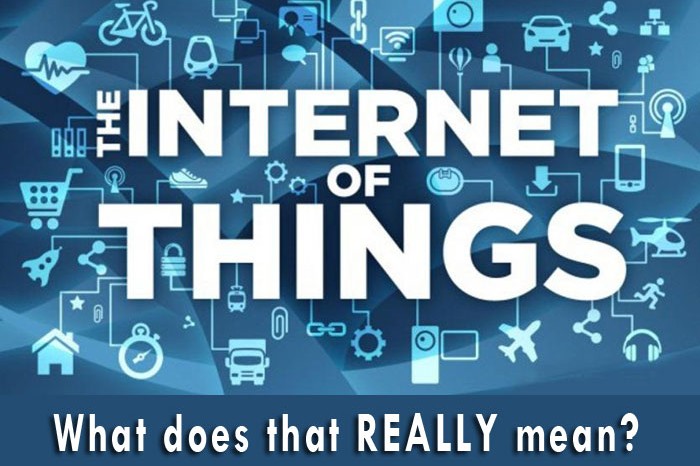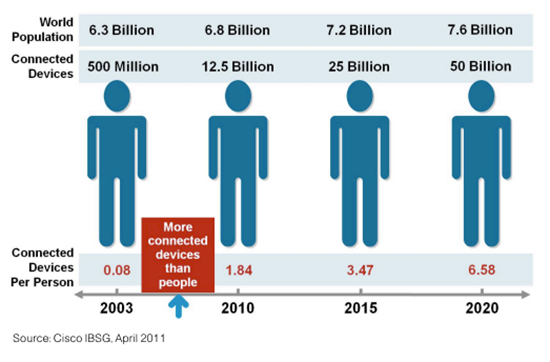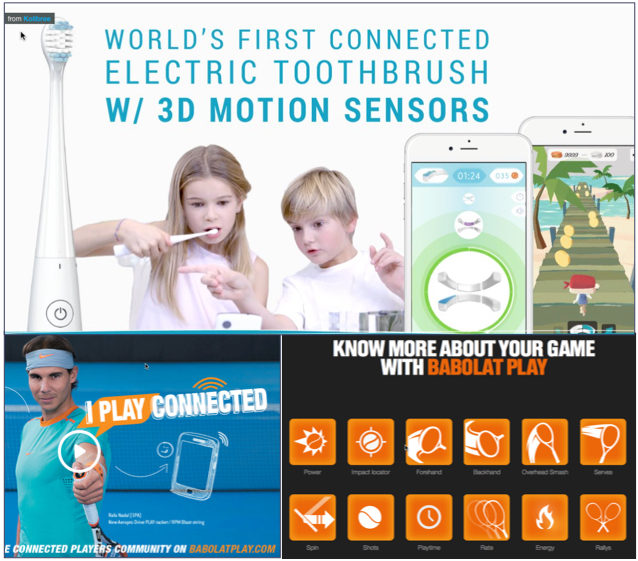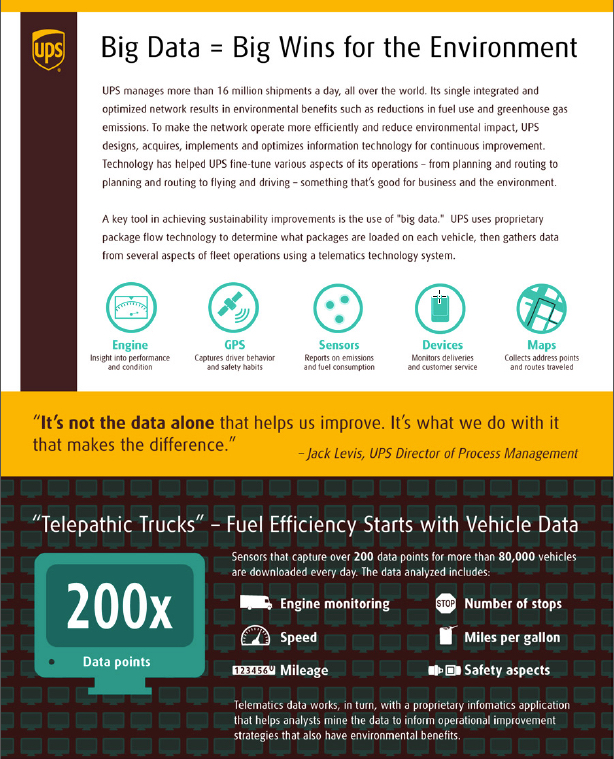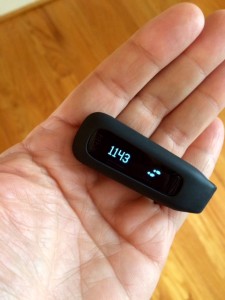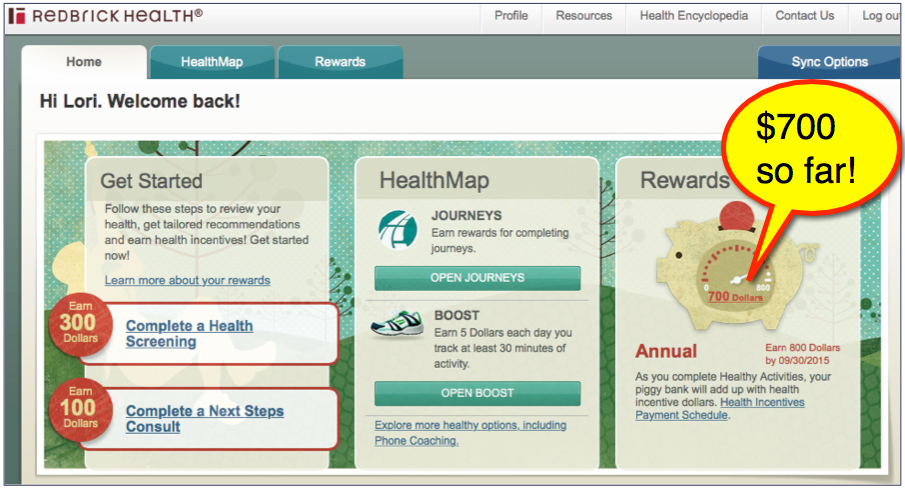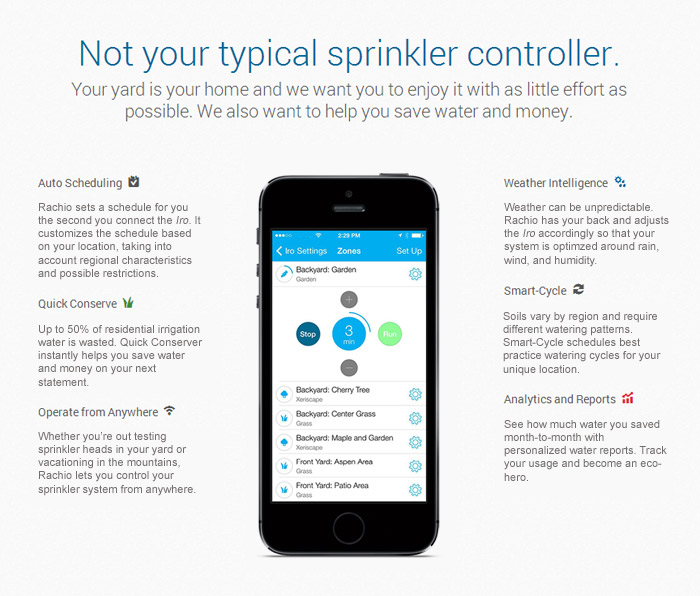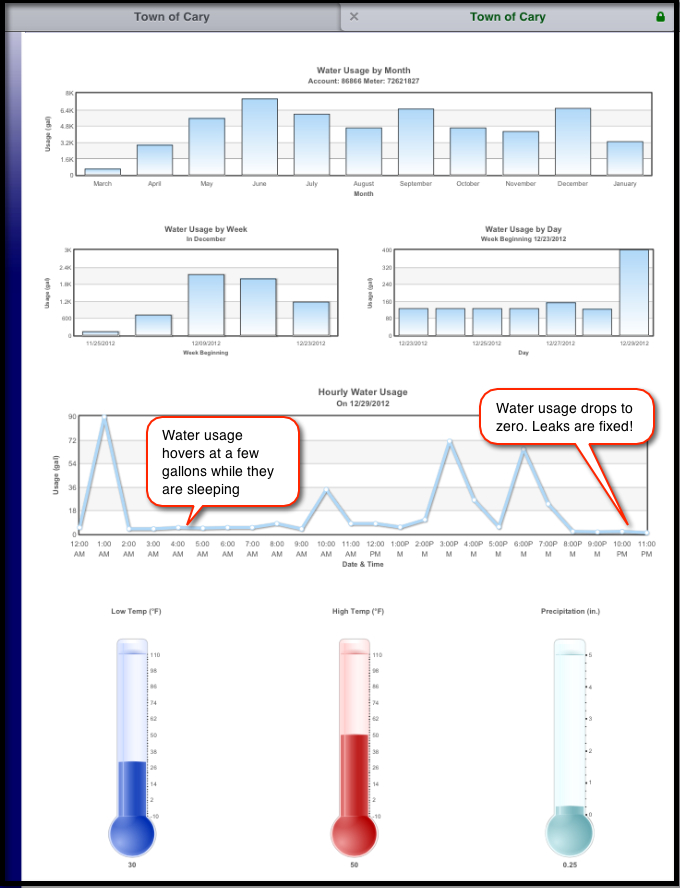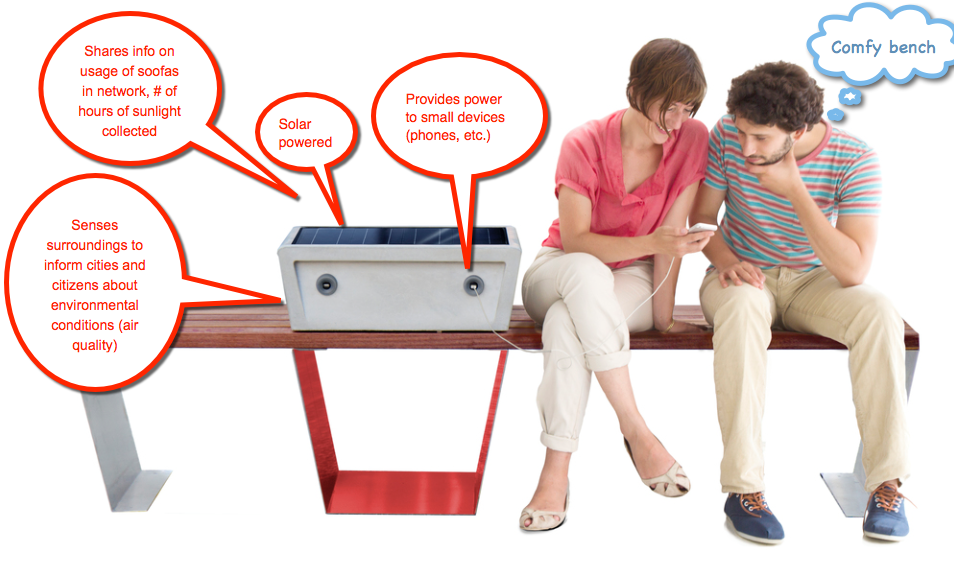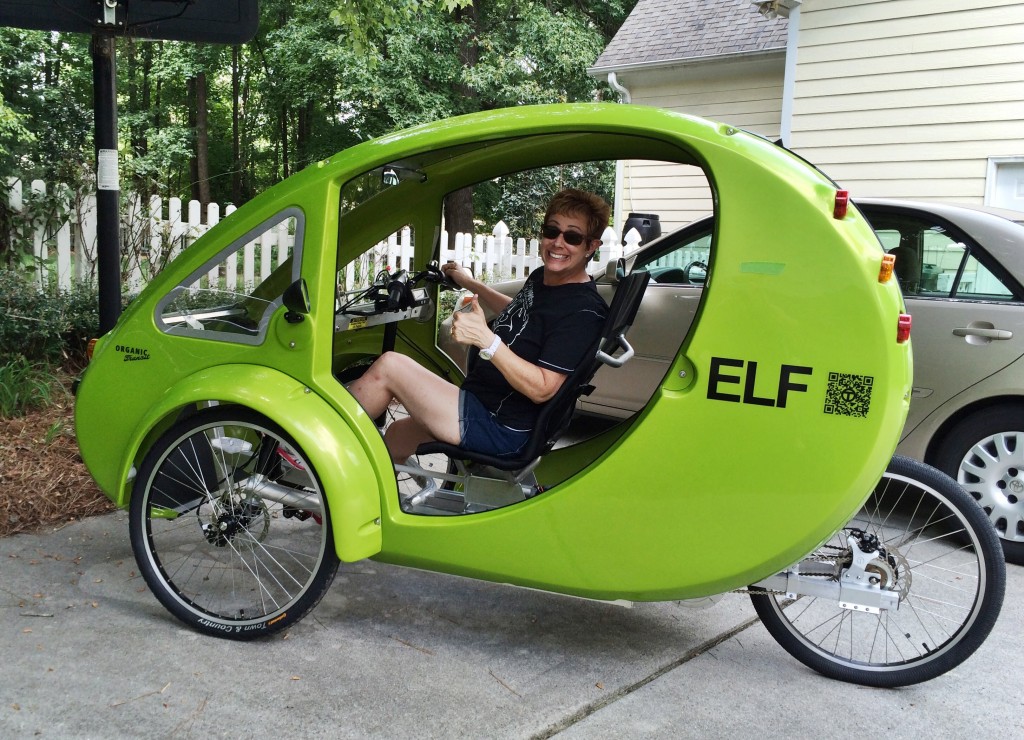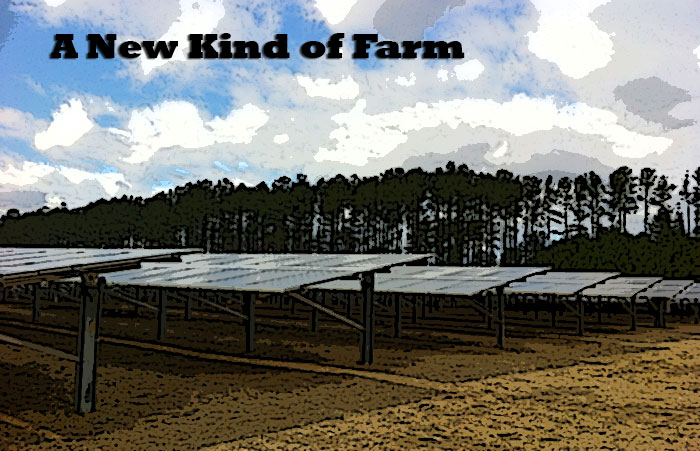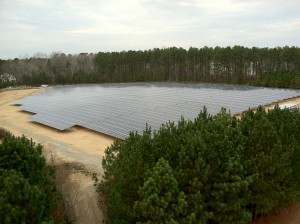What’s the Internet of Things and Why Should I Care?
Hi, I’m Lori Bush and I’m a techie. (Sounds like I’m in a 12-step program, doesn’t it?)
And, being a techie, I sometimes assume that folks “get it” when I start espousing the virtues of some new technology. Thankfully, I have great friends and neighbors that remind me that these high tech concepts and ideas aren’t self-evident, and that often, concepts like Open Data or the Internet of Things, are harder to understand. So, let me try. ☺
As an example, let’s talk about the Internet of Things, or the Internet of Everything. What does it mean, and why should we care?
Well, let me try to explain.
What is the Internet of Things?
The Internet of Things (IoT) is a concept that says that any electronic device can be connected to the Internet, and (potentially) to each other. With the increasing reach of the Internet, and with more and more devices having wifi and radio frequency ID (RFID) connectivity capability, as well as the decreasing costs of these devices – more and more of what we use everyday connects to the Internet, and shares information with it. In fact, according to a variety of sources (Gartner, Cisco and others), more than 5 Billion devices are connected to the internet today – some say it will be 25 billion by this year, with 75 billion by 2020.
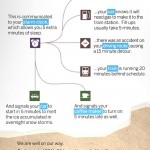
Internet of Things Infographic – Cisco
Yes, this is happening now. You know it is, because you probably have a smartphone that is connected right now. But what you might not realize is that there are a slew of other devices connected, as well. From a toothbrush that can watch to make sure your children are really brushing their teeth well, to a voice-activated smart outdoor grill that will notify the user when their food is ready, to even a sensor loaded and connected tennis racquet (promoted by Rafael Nadal) that is said to improve your game by providing information on power, strokes, and more. This is just the beginning.
What you may NOT know, is that companies of all types are using it to improve their services – from UPS who is using sensor data from their 80,000 vehicles to provide information on the speed, miles per gallon, number of stops, etc – to save money and improve delivery routes. By using this data effectively, they have saved more than 39 million gallons of fuel through route optimization and reduced their greenhouse gas emissions by reducing the number of miles and idling time.
Just think about Disney, the mecca of great customer service (and Mickey Mouse.) Disney World is now using the MagicBand, which I would say is the new height of IoT. The MagicBand is a wristband that is not only a key into your hotel room, but also provides you access into the park(s), as well as allowing you to buy food and merchandise. On the back end of this system, Disney is using this data to track visitors throughout the park, knowing proactively where visitors are, and thereby able to support more visitors, and to better staff rides and restaurants. Not only that, but kids and adults can personalize their wristbands to make them their own.
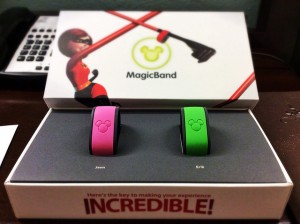
Photo by Erik
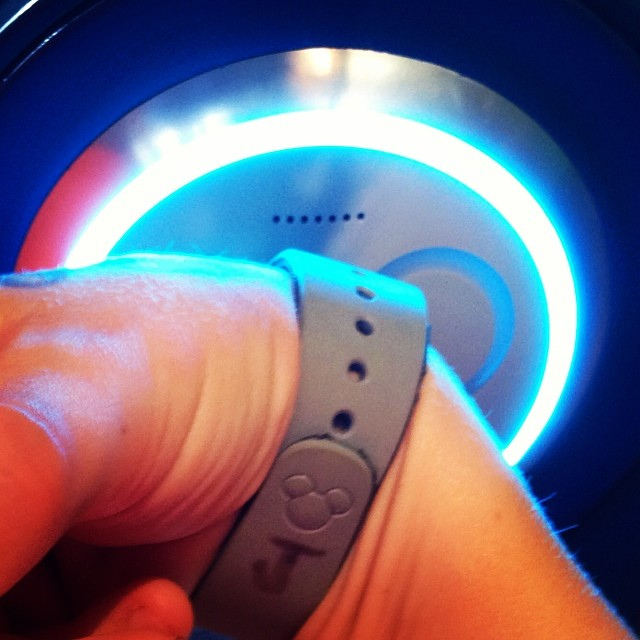
Photo by Kevin Baird
Why do we care?
So, this is all great information – but really, why should we care? Well, for lots of reasons.
FIRST – it can mean big life changes are in store.
How? Well, just take my little FitBit, for example. A few years ago, in order to improve my commitment to my health I made a decision to wear this little guy everyday. The FitBit counts my steps, my activity, and even the number of stairs I climb. The information is automatically sent to an app on my phone, as well as the “cloud” (just a word that means the Internet repository for this data) and it tracks my trending data. I can even set it up to track my sleep patterns. More importantly for me though, is that I’ve set it up to send this information to my company’s health and wellness program.
Why would I do that? Because for every 30 min of exercise I track per day, my healthcare incentive plan PAYS ME $5/day to my Healthcare Savings Account (up to $800/year.) The device costs less than $100. So, that’s a win of $700/year, just for me! It’s also a win for my company, because studies have shown that even 30 min of activity a day reduces healthcare costs. That’s a personal decision, for sure, and the connection to my device isn’t a requirement – but it saves me the time from going into the tool and self-reporting my exercise everyday.
Healthcare is just one industry looking at this phenomenon– from wearable fitness devices like mine, to special GlowCaps that fit prescription bottles – reminding people to take their medication; to wearable alarms for aging family members, this is just one industry poised to take the IoT to a new level.
SECOND, it can improve productivity, while also reducing costs. For real.
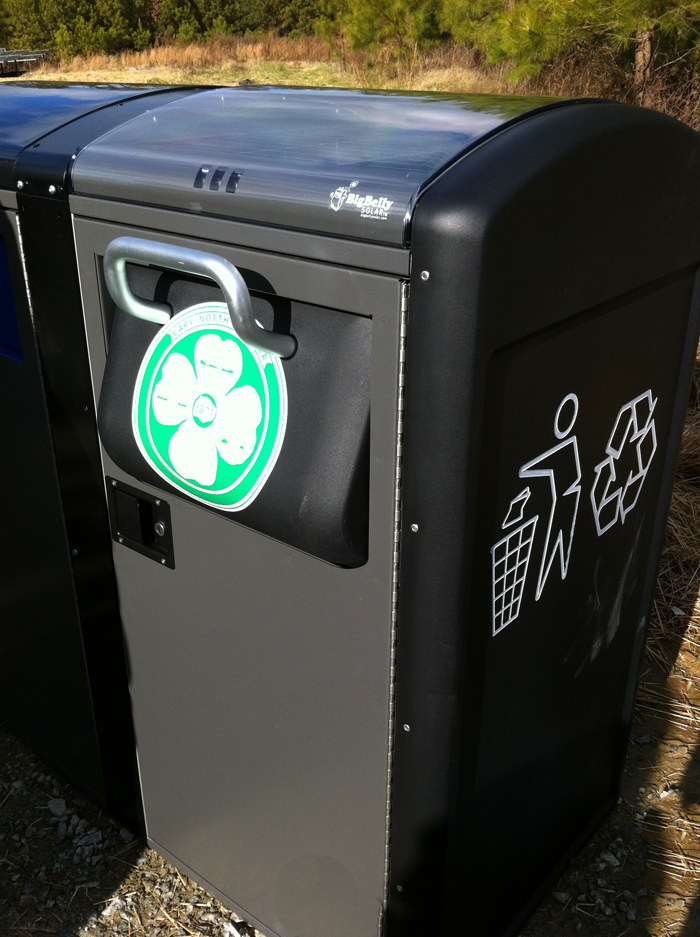 Here’s another example. You may have read about our new Solar Trash Cans made by Big Belly. This trash compactor, powered by solar energy, uses the internet to let our Public Works department know when it’s full, reducing the need for our trucks to drive around and waste time, gas and people to empty partially filled trash cans. The power of the Internet is saving us money, reducing our carbon footprint. And, keeping analytics on these activities will continue to allow public works to improve their services, over time.
Here’s another example. You may have read about our new Solar Trash Cans made by Big Belly. This trash compactor, powered by solar energy, uses the internet to let our Public Works department know when it’s full, reducing the need for our trucks to drive around and waste time, gas and people to empty partially filled trash cans. The power of the Internet is saving us money, reducing our carbon footprint. And, keeping analytics on these activities will continue to allow public works to improve their services, over time.
At home, you can use all types of IoT tools to help defray costs and improve your own productivity. You might have heard of NEST – the smart thermostat that monitors the actual activity in your home during the day, while also watching real-time weather forecasts – to reduce your energy usage (saving you money), and to moderate the temperature in your home.
And have you ever wanted to better manage your irrigation water usage? I have a friend who uses the Rachio smart sprinkler, to be able to control his water irrigation system, from anywhere. The system knows about the changes in weather, adjusts the watering to the seasons, and manages his irrigation dependent on his own lawn’s needs, rather than being on a “set schedule.”
Don’t forget, Town of Cary water customers also have a tool at their disposal today. Aquastar will allow you to use data to manage your own water usage. (Read my blog post here.) By reviewing your water usage data, as well as setting up alerts in Aquastar, you can tell if you have a leak, a toilet running, or see your trending water usage, even when you aren’t there.
And THIRD, this is just the beginning.
More and more of our world and devices are being connected. Sure, there are refrigerators that will send you an email when you are low on milk, (yeah, that’s an old example), but there are also scenarios that can really change your life, such as the air quality sensors that are located all around Boston. Just think of the opportunities for folks that have asthma – with the Internet of Things sensors, folks with severe asthma and other respiratory issues can connect their smartphones to this network, and then proactively receive messages when the air quality is bad, and be able to track how often they use their inhaler. These kinds of IoT advances can absolutely improve their quality of life.
In fact, just doing a search online at Thingful.net ( a search database of Internet of Things, across the globe) I found that there are a number of sensors by my house, from weather stations, to air quality stations.
In Cary – a Connected Bench?
Recently, the Information Services Advisory Board (ISAB) took a look at a new bench-type IoT product recently installed in Boston. It’s called the Soofa – is a place to sit, but so much more. It’s a public space styled bench, solar powered that charges smartphones, while also collecting real-time data about its surrounding environment. The data collected can be air quality related, or noise, and that data can be provided back to the cloud for analytics. There are already 6 of this installed in various locations around the Boston area. At this point, it’s very new technology but is making waves, and something to consider over time.
What else do I need to know?
The key word is knowledge. Now that we know that more and more of our devices will be on the internet, and communicating information about us, we need to be aware and make a conscious decision whether this is data you want to share, or not.
I share this with the kids in my Internet Safety classes – YOU choose what data you make publically available. If you don’t want people to know where you are, don’t turn on “location services” on your smart phone applications, or disable geotagging on your iphone, to remove location information from your pictures. Always be aware of your data and who has access to it.
Yes, it’s true that this is an extra step you have to take, but it’s up to us to ensure that the privacy settings that are on our devices reflect our respective privacy priorities. Just like you should be putting anti-virus software on your computer – the best defense is a good offense. Know what data the device collects, and what it shares is key. This is still an emerging technology, and as such, be aware, and always proceed with your eyes wide open.
For me, my first set of experiences using these technologies has been life changing. Using the FitBit has provided me with a tool that reminds me of my commitment to my health. The capability to “compete” against friends and family online in FitBit challenges and steps keeps it fun and engaging for me, while the extra monetary incentive provided by my employer keeps it relevant. Sometimes, money does talk.
I’d love to know what Internet of Things experiences and tools you have and use, and what you see on the horizon!
_________________________________
Feature photo from IBM, and www.comsoc.org/blog
